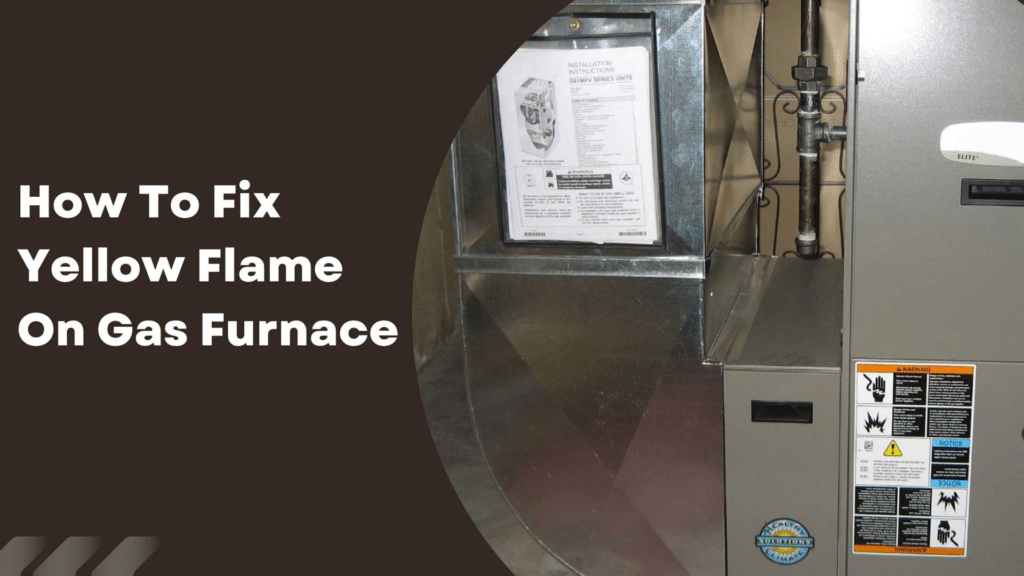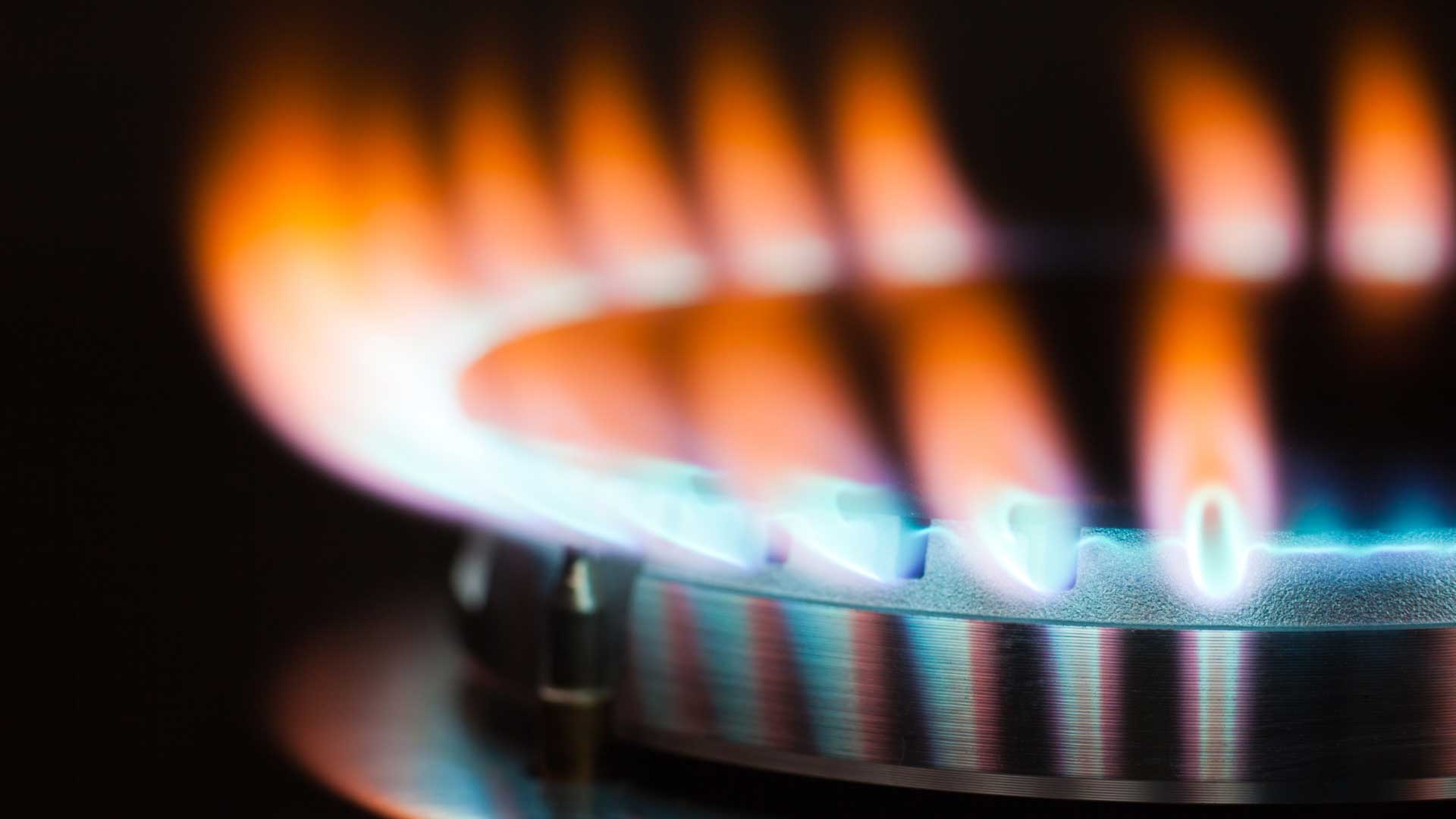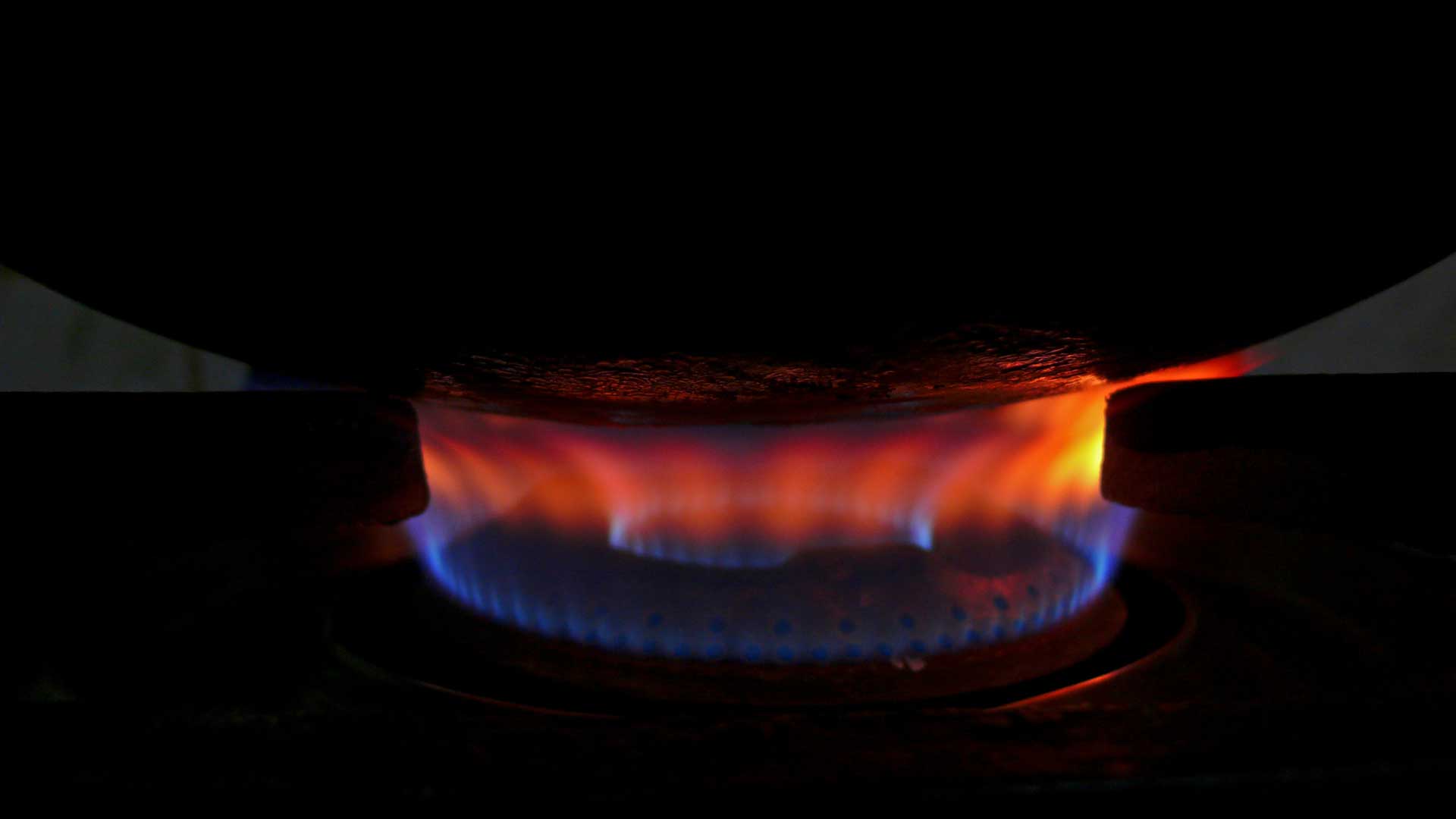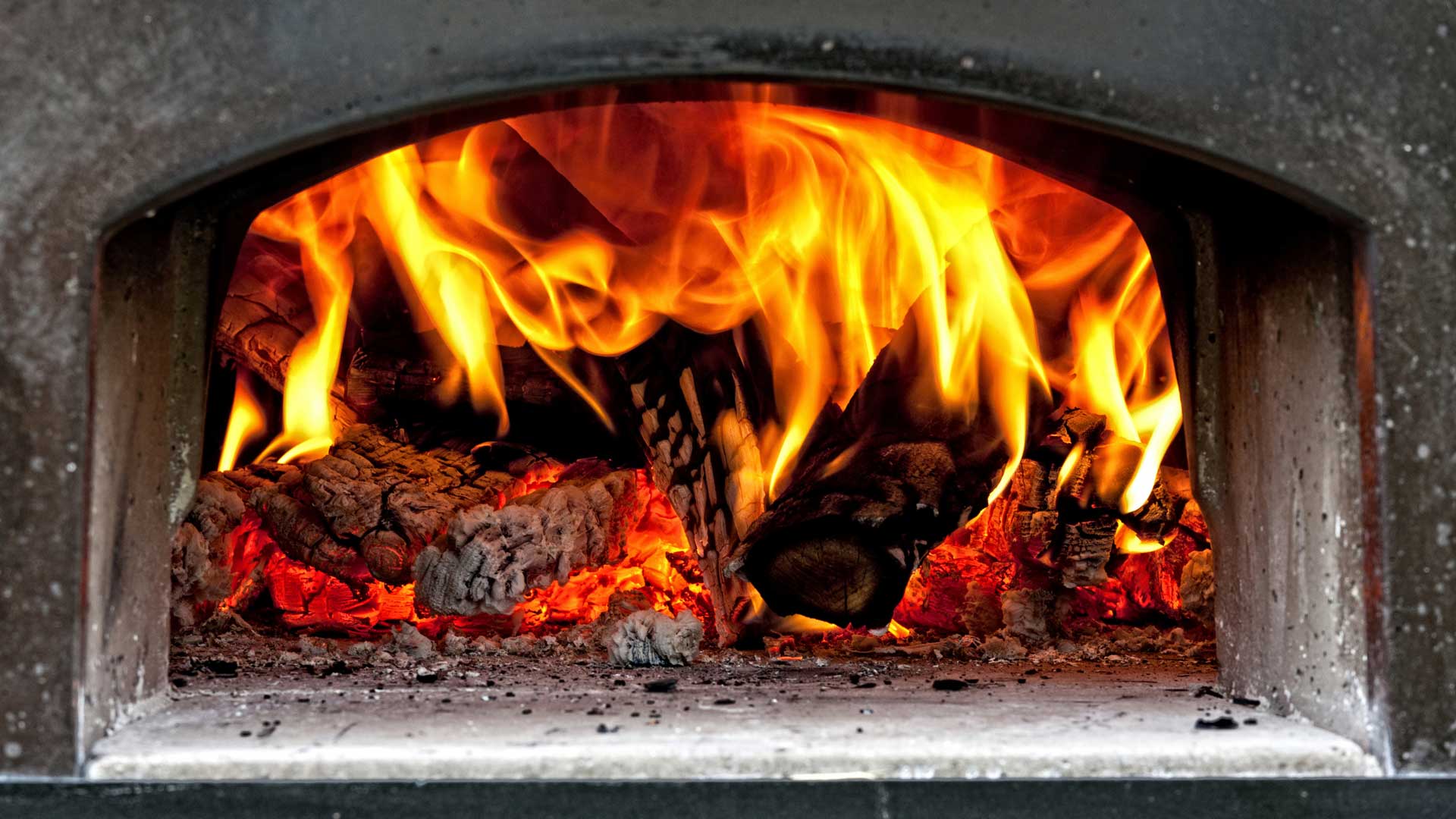How to fix yellow flame on gas furnace

How to Fix Yellow Flame on Gas Furnace: A Comprehensive Guide
Experiencing problems with your natural gas furnace can be alarming, especially if you’re not familiar with gas line repairs. However, a yellow burner flame is an issue that must be addressed immediately. This guide will help you understand the causes of a yellow flame and provide step-by-step instructions to restore a safe, reliable, and efficient gas burner.
Why You Must Fix a Yellow Flame Right Away

Maintaining your gas burner flame is one of the most critical aspects of home safety and efficiency. Here are some statistics that underline the importance of addressing a yellow flame:
Nearly 50% of all U.S. homeowners rely on natural gas appliances for heating.
An estimated 345,000+ house fires occur each year, which includes various sources of ignition.
Over 430 Americans die from carbon monoxide poisoning annually, with gas leaks being a leading contributor.
With gas prices at an all-time high, homeowners cannot afford to waste money due to inefficient heating.
The color of your furnace flame is one of the clearest indicators of potential issues. A yellow flame indicates a problem that should not be ignored, as neglecting it could lead to serious consequences.
What Causes the Gas Burner Flame to Turn Yellow?
Before you can effectively address the yellow flame, it’s essential to understand the underlying causes. For gas appliances to burn cleanly, there must be a healthy ratio of fuel to air. A yellow flame typically arises from one of the following issues:
Excess Fuel: Too much fuel entering the gas stove due to wear and tear or damage to the burner orifice can lead to incomplete combustion.
Insufficient Air: Blockages or configuration issues with the air shutter may prevent adequate air supply to the burner, disrupting the fuel-to-air ratio.
Combustion Issues: In some cases, incomplete combustion can produce soot particles, resulting in an orange flame that can pose health risks due to allergens.
Understanding Flame Colors
Blue Flame: A healthy flame indicates complete combustion with an optimal fuel-to-air ratio.
Yellow Flame: Signifies incomplete combustion, often due to too much fuel or insufficient air, which can lead to safety hazards.
Orange Flame: Indicates the presence of soot particles and can also contribute to indoor air quality issues.
How to fix a yellow burner flame quickly and efficiently

A roaring blue flame that burns clean and clear is the desired outcome. Even if you’re unsure of the exact reason for your yellow or orange flames, there are several steps you can take to troubleshoot the issue safely.
Step 1: Clean the Gas Stove and Components
Start by cleaning the gas stove thoroughly. This includes the burner air vent and the burner’s air shutter. Dirt and debris can cause blockages that impact the fuel-to-air ratio, leading to yellow flames.
Cleaning Procedure:
Turn Off the Power: Ensure the gas supply is turned off before starting any cleaning.
Remove Components: Take off the burner caps and grates to access the burner ports.
Use a Brush: Use a soft brush or a vacuum to remove dirt and debris from the burner ports and air vent.
Clean the Flue: Inspect and clean the flue to ensure proper ventilation.
Step 2: Adjust the Air Shutter
Another effective method to resolve yellow flames is to adjust the air shutter. This component regulates the amount of air entering the burner.
Accessing the Air Shutter:
Open the gas stove stovetop to access the air shutter, typically located behind the burner gas valve.
Loosen the screw on the air shutter and adjust it slowly while observing the flame.
Finding the Right Adjustment:
Gradually open the shutter until you see a blue flame. This may require several adjustments, so take your time for the best results.
Step 3: Ensure Adequate Ventilation
A lack of oxygen can contribute to yellow flames, often exacerbated by carbon monoxide buildup. Installing carbon monoxide detectors throughout your home is crucial for safety.
Improve Ventilation:
Ensure that vents and air intakes are unobstructed.
Open windows or doors during operation to allow fresh air into the space, particularly if you notice yellow flames.
Step 4: Check Gas Pressure
Gas pressure is another potential cause of yellow or red flames. Proper gas pressure is essential for achieving the desired flame color and strength.
Testing Gas Pressure:
If you suspect low gas pressure, it may require a professional to check and adjust it correctly.
A gas pressure gauge can help determine if the pressure is within the recommended range.
Step 5: Consult Your Owner’s Manual
Your furnace’s owner’s manual can provide specific information regarding adjustments and maintenance tailored to your model.
Look for Troubleshooting Sections: Many manuals include troubleshooting tips specific to flame color issues.
When to seek expert advice

While the troubleshooting tips provided can resolve many yellow flame issues, some situations warrant professional assistance. Consider contacting a certified technician if:
You are unsure about performing any repairs or adjustments.
The yellow flame persists even after following the troubleshooting steps.
You detect other signs of malfunction, such as unusual noises, frequent cycling, or inadequate heating.
Safety First
The safety of your home and family should always be your top priority. If you have any doubts, seek professional advice to ensure the proper functioning of your gas furnace.
Preventive Measures to Maintain a Healthy Flame
Regular Maintenance
Implementing a regular maintenance schedule for your gas furnace can help prevent yellow flames and other issues. Consider the following:
Annual Inspections: Schedule annual inspections with a certified HVAC technician to ensure your system is functioning optimally.
Change Filters: Regularly replace or clean air filters to maintain good airflow and combustion efficiency.
Inspect Vents: Check and clean exhaust vents to ensure they are free from blockages.
Carbon Monoxide Safety
Given the risks associated with carbon monoxide, it’s essential to ensure your home is equipped with functioning detectors.
Install Detectors: Place carbon monoxide detectors on every level of your home, especially near sleeping areas.
Regular Testing: Test the detectors monthly and replace batteries at least once a year.
Educate Your Family
Ensure that all family members know the signs of gas appliance issues, including:
Changes in flame color.
Unusual odors, such as a sulfuric smell.
Symptoms of carbon monoxide poisoning, such as headaches, dizziness, or nausea.
Additional Troubleshooting Tips
Understanding Gas Combustion
To effectively troubleshoot yellow flames, it’s important to understand the principles of gas combustion. Natural gas is primarily composed of methane, which requires a specific amount of oxygen to combust properly.
Ideal Conditions: The ideal combustion process occurs in a balanced environment where the correct mix of gas and air is maintained. Inadequate air leads to incomplete combustion, which manifests as yellow or orange flames.
Common Issues with Gas Furnaces
Dirty Burners: Over time, burners can accumulate dirt and debris, which interferes with gas flow and combustion. Regular cleaning can mitigate this issue.
Air Shutter Blockages: If the air shutter is blocked or improperly adjusted, it can restrict the amount of air entering the burner, resulting in yellow flames.
Improper Installation: If your gas furnace was poorly installed, it could lead to ongoing issues with flame color and efficiency. Always ensure that installations are performed by qualified professionals.
Long-Term Solutions for a Healthy Gas Furnace
Upgrading Your Furnace
If your gas furnace is older and consistently exhibiting problems, it may be time to consider an upgrade. Modern furnaces are designed to be more efficient and safer than older models.
Benefits of Upgrading:
Improved energy efficiency can lead to lower utility bills.
Newer models often come equipped with advanced safety features.
Enhanced performance and reliability can provide peace of mind.
Smart Thermostats
Installing a smart thermostat can help you maintain optimal heating levels while allowing you to monitor your furnace’s performance more closely.
Features of Smart Thermostats:
Remote control via smartphone apps.
Energy usage tracking to help identify inefficiencies.
Scheduling options to optimize heating based on your lifestyle.
Regular Professional Reviews
Beyond annual inspections, consider scheduling additional reviews if you notice any changes in your furnace’s performance. This proactive approach can catch issues before they escalate.
Signs You Need a Professional Review:
Frequent adjustments to the air shutter.
Persistent yellow flames despite cleaning efforts.
Unusual noises or smells coming from the furnace.
Conclusion
Addressing a yellow flame on your gas furnace is crucial for both safety and efficiency. This guide highlights the potential dangers associated with a yellow flame and emphasizes the importance of taking immediate action.
By cleaning the gas furnace, checking ventilation, and maintaining proper fuel-to-air ratios, homeowners can restore a healthy blue flame. However, if uncertainty or concerns persist, seeking professional assistance is always recommended. Prioritizing the safety and well-being of your home and loved ones should take precedence when dealing with gas furnace issues.
By staying proactive and vigilant, you can ensure optimal heating performance and peace of mind during the colder months. Remember, a well-maintained furnace not only keeps your home warm but also protects your family from potential hazards.
Final Thoughts on Gas Safety
Gas appliances, while convenient and efficient, require regular attention and care. Understanding your gas furnace’s operation and maintenance needs can empower you to take prompt action when issues arise. Always prioritize safety, and don’t hesitate to reach out to professionals when in doubt. Your home’s safety is worth it.
